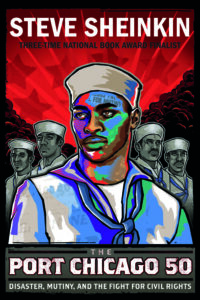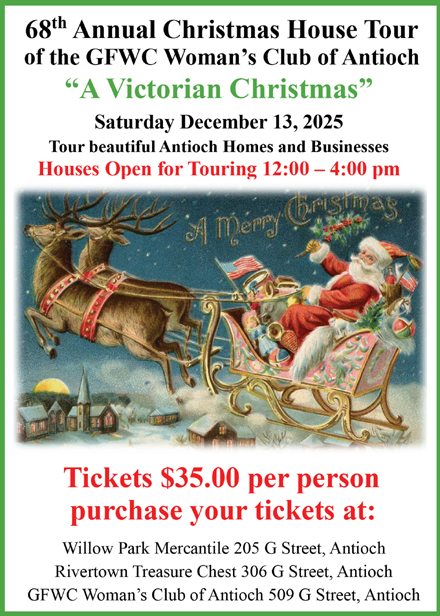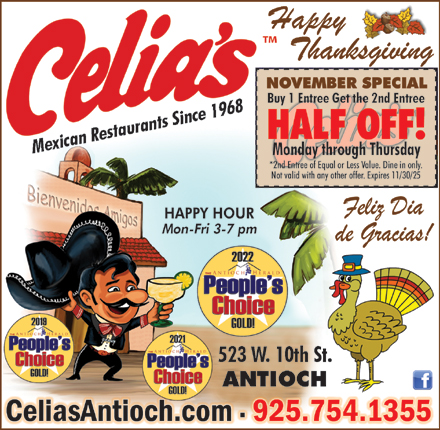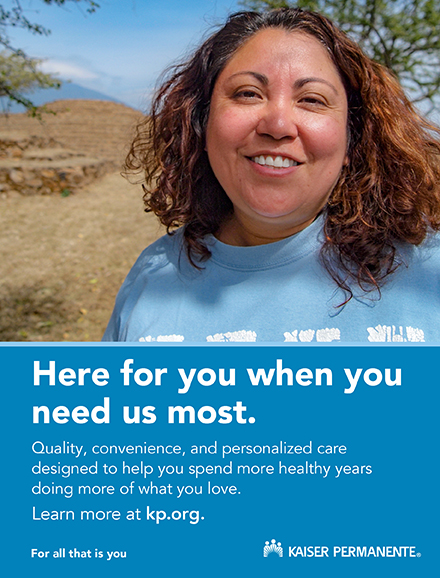Antioch Council officially apologizes for racism against Chinese immigrants in 1800’s, makes national news
Saturday, May 22nd, 2021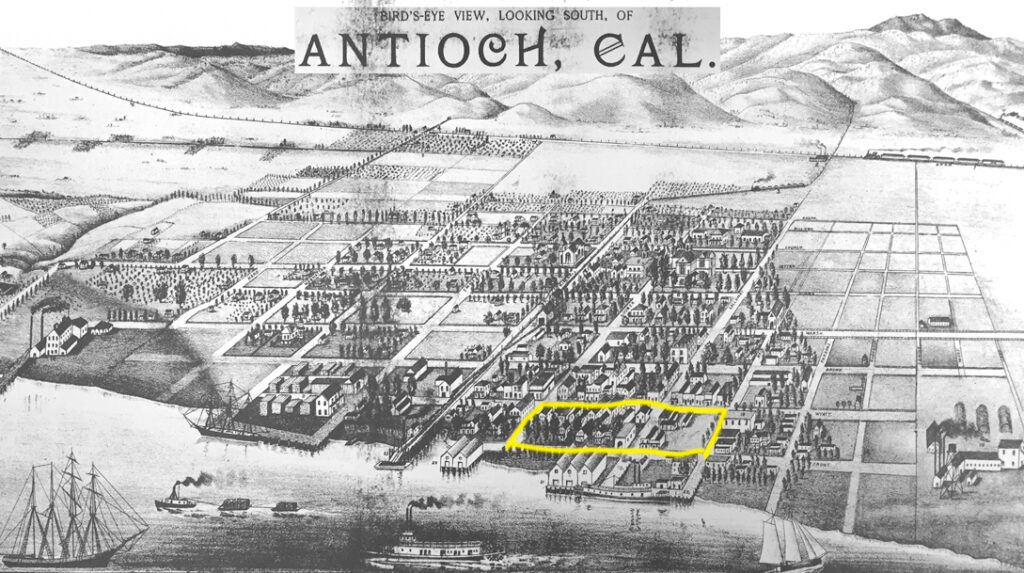
Early map of Antioch showing the area where Chinatown was located in the 1870’s. Source: Oak View Memorial Park
Supports plans to establish Chinese historic district in downtown, museum exhibit, but no discussion yet on reparations to descendants for land City now owns; no apologies for last year’s effort to devalue without compensation current Chinese American landowners’ property in Antioch
By Allen Payton
During their special meeting on Tuesday, May 18, 2021, the Antioch City Council unanimously passed a resolution officially apologizing for the acts of racism against Chinese residents in the 1870’s, including the burning down of the city’s Chinatown in 1876. In addition, the council agreed to pursue establishing a Chinese historic district along Antioch’s waterfront from G Street to I Street, north of W. 2nd Street where Chinatown was located. The council also agreed to pursue funding for the planning and design of potential Asian museum exhibits and murals.
The council’s actions made national news with the New York Times publishing an article about it on Thursday. Mayor Lamar Thorpe posted a link to the article on his official Facebook page, writing, “We don’t always make headlines news in The New York Times but we did today. On Tuesday, Antioch became the only known city in the US to officially apologize for the historic mistreatment of early Chinese immigrants starting in the 1840s.” However, that is incorrect, since the town wasn’t founded until 1849 as Smith’s Landing by the twin Christian reverend Smith brothers and wasn’t until December 24, that year that they each broke ground for the construction of their homes.
Also in his Facebook post, the mayor announced he is planning a public signing ceremony of the resolution, “with CA Comptroller Betty Yee in the coming weeks.” She was unable to attend Thorpe’s April 14th press conference on the matter.
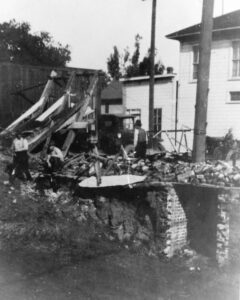
Demolition of the Palace Hotel revealed some of the Chinese tunnels beneath Antioch’s downtown. Source: Antioch Historical Society
According to an article by the Antioch Historical Society, “When Chinese groups arrived at the City of Antioch a small ‘Chinatown’ was established consisting of homes and stores on both sides of Second and First Street. In May 1876 the anti-Chinese sentiments of the Antioch community reached a boiling point. The Chinese were asked to leave and a resistance led to Chinatown being destroyed which was chronicled (May 2nd) in the Sacramento Bee and the Daily Evening Express.
Today, the only remnants remaining of Antioch’s Chinatown are the tunnels beneath downtown Antioch. The Palace Hotel demolition in 1926, to make room for the El Campanil Theatre, uncovered a large section of the Chinese tunnel.
An 1851 county law prohibited Chinese from appearing on the streets after dusk. The tunnels are said to have been used by Chinese service workers to travel to work without walking the streets. The use of the tunnels is one of the examples of the patience and endurance of the Chinese people to persevere and overcome challenges.”
There was no discussion on reparations for the descendants of the Chinese owners of the property, most of which is now owned by the City, including two parking lots and the Waldie Plaza park, to compensate them. A similar action is underway by the state to return Bruce’s Beach property in Manhattan Beach, California to the descendants of Black owners it was taken from 97 years ago. During his April 14 press conference about the matter, Thorpe said he would ask Antioch Historical Society President Dwayne Eubanks to include that in the organization’s research. Following Tuesday’s actions, asked if he was still open to considering reparations, Thorpe did not respond. When reached for comment Eubanks said, “We’ve done some research. We have some artifacts from that time period.” But his board has to decide on both hosting the display at the museum and any further research, he shared. (Please check back later for any updates to this report).
There was also no apology for last year’s actions by three of the current council members and a majority of Antioch voters for their attempt to devalue by over 97% the property owned by current Chinese American landowners in Antioch and without compensation, when they endorsed and passed Measure T. (See related editorial)
One idea for the location of the Chinese museum exhibit was proposed by a Rivertown business owner, following the council’s vote, was to use the Hard House on First Street. Another idea was to rename First Street, where the Hard House, Lynn House Gallery and Amtrak Station are located, to Chinatown Way.
Mayor Pro Tem Monica Wilson and District 1 Councilwoman Tamisha Torres-Walker were appointed to a council subcommittee to pursue the matters of establishing the historic district, exhibit and murals. Interested members of the public can contact them with their ideas and suggestions.
Following is the resolution adopted by the council:
RESOLUTION OF THE CITY COUNCIL OF THE CITY OF ANTIOCH APOLOGIZING TO EARLY CHINESE IMMIGRANTS AND THEIR DESCENDANTS FOR ACTS OF FUNDAMENTIAL INJUSTICE, SEEKING FORGIVENESS AND COMMITTING TO RECTIFICATION OF PAST MISDEEDS
WHEREAS, on January 24, 1848, gold was discovered in Alta California, Mex(ico) and by 1849, people were coming to the region from all over the world to look for gold;
WHEREAS, the Gold Rush caused a huge increase in the population by migrants from the eastern United States and other parts of the world including China;
WHEREAS, between 1849 and 1853 about 24,000 young Chinese men immigrated to Alta California, Mex(ico) (which in 1850 became the United States, State of California) and by 1870 there were an estimated 63,000 Chinese in the United States, 77% of whom resided in California;
WHEREAS, many Chinese immigrants were met with racism, scapegoating and anti-Chinese sentiment also known as xenophobia, which was at its highest between 1850 and 1870;
WHEREAS, Antioch in its early years was not exempt from xenophobia;
WHEREAS, this period in Antioch’s history, like in most of America, is now known as the “The Driving Out” with forced removals of Chinese immigrants;
WHEREAS, during “The Driving Out” period, Antioch officially became a “Sundown Town” when it banned Chinese residents from walking city streets after sunset;
WHEREAS, in order to get from their jobs to their homes each evening, these Chinese residents built a series of tunnels connecting the business district to where I Street met the waterfront;
WHEREAS, in 1876 Chinese residents were told by white mobs that they had until 3 p.m. to leave Antioch— no exceptions;
WHEREAS, after Chinese residents were forced out, Chinatown was burned to the ground and Antioch made headline news: “The Caucasian torch,” wrote the Sacramento Bee, “lighted the way of the heathen out of the wilderness,” and “The actions of the citizens of this place will, without doubt, meet with the hearty approval of every man, woman and child on the Pacific coast” wrote the San Francisco Chronicle;
WHEREAS, Antioch’s early period helped negatively contribute to the Nation’s xenophobic discourse, which led to legal discrimination in public policy with the establishment of the Chinese Exclusion Act;
WHEREAS, the system of “The Driving Out” and the visceral racism against persons of Chinese descent upon which it depended became entrenched in the City’s, the State’s and the Nation’s social fabric;
WHEREAS, the story of Chinese immigrants and the dehumanizing atrocities committed against them should not be purged from or minimized in the telling of Antioch’s history;
WHEREAS, the City of Antioch must acknowledge that the legacy of early Chinese immigrants and Xenophobia are part of our collective consciousness that helps contribute to the current anti-Asian American and Pacific Islander hate;
WHEREAS, a genuine apology and seeking forgiveness are an important and necessary first step in the process of racial reconciliation;
WHEREAS, an apology for dehumanization and injustices cannot erase the past, but admission of the wrongs committed can speed racial healing and reconciliation and help confront the ghosts of the City’s past;
NOW, THEREFORE, BE IT RESOLVED that the City Council of the City of Antioch:
1) Apologizes to all early Chinese immigrants and their descendants who came to Antioch and were unwelcome;
2) Seeks forgiveness for acts of fundamental injustice, terror, cruelty, and brutality; and
3) Expresses its commitment to rectify the lingering consequences of the misdeeds committed against early Chinese immigrant under, before and during “The Driving Out.”
* * * * * * * * *
I HEREBY CERTIFY that the foregoing resolution was passed and adopted by the City Council of the City of Antioch at a special meeting thereof, held on the 18th day of May, 2021 by the following vote:
AYES: 5
NOES: 0
ABSTAIN: 0
ABSENT: 0
___________________________________
ELIZABETH HOUSEHOLDER
CITY CLERK OF THE CITY OF ANTIOCH
___________________________________
LAMAR A. THORPE
MAYOR OF THE CITY OF ANTIOCH






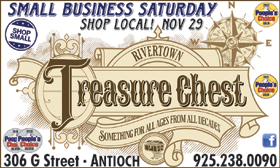


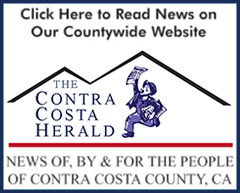


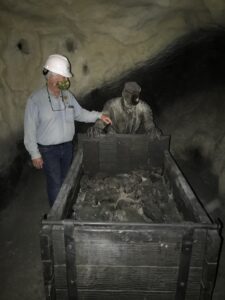

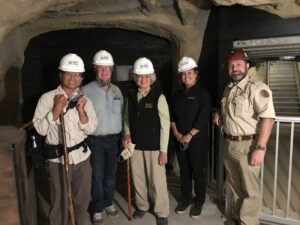
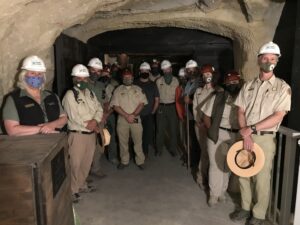
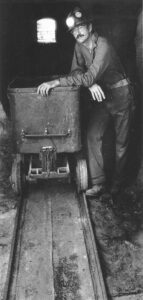
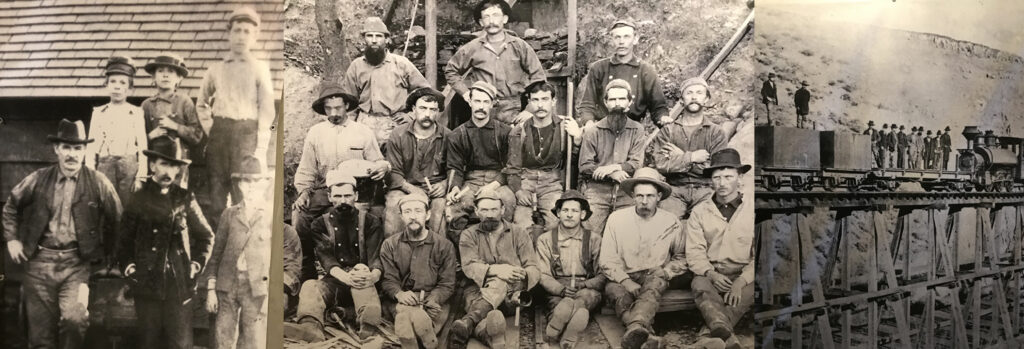
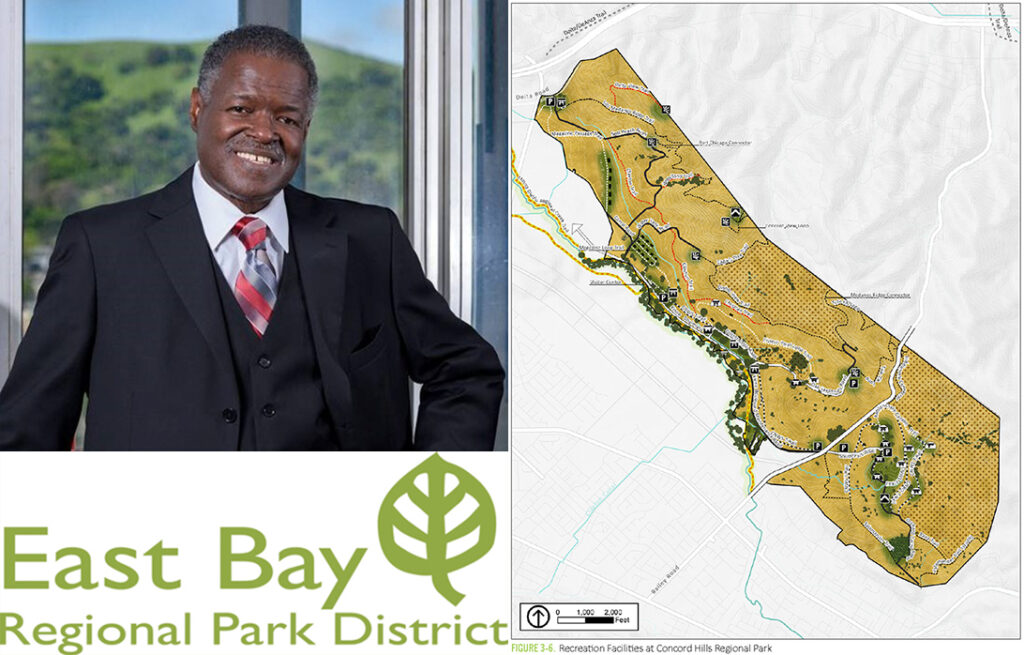
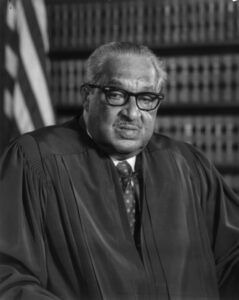
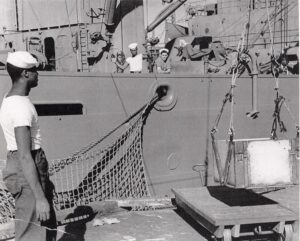
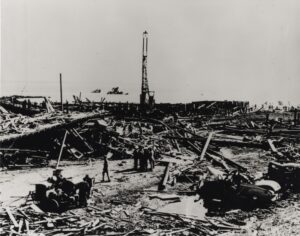
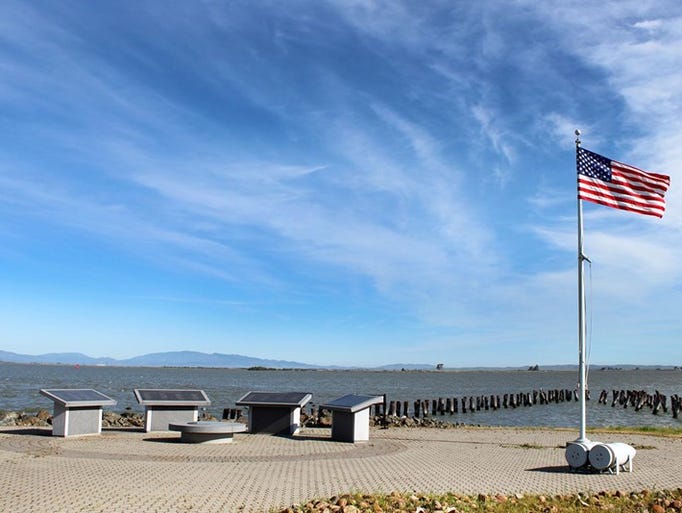
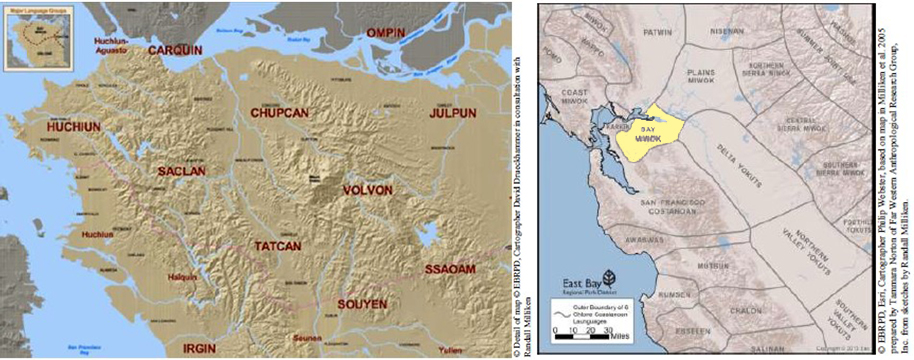

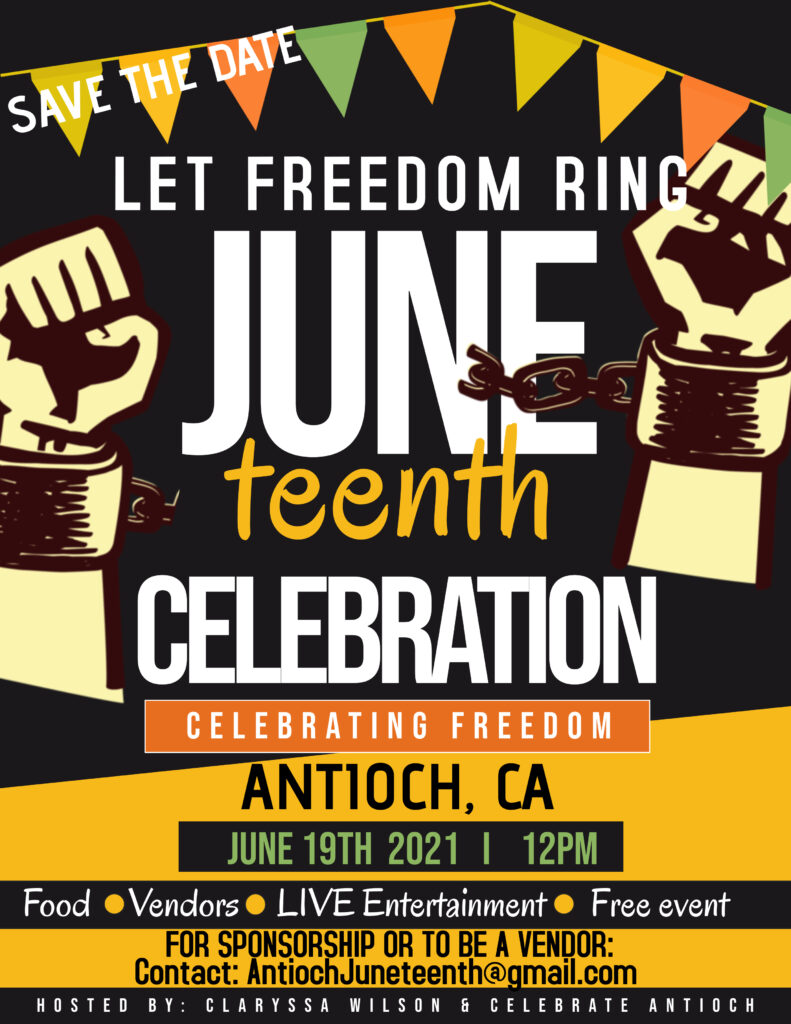
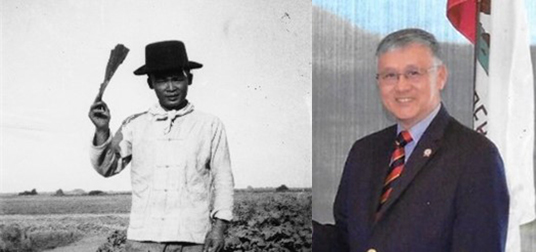
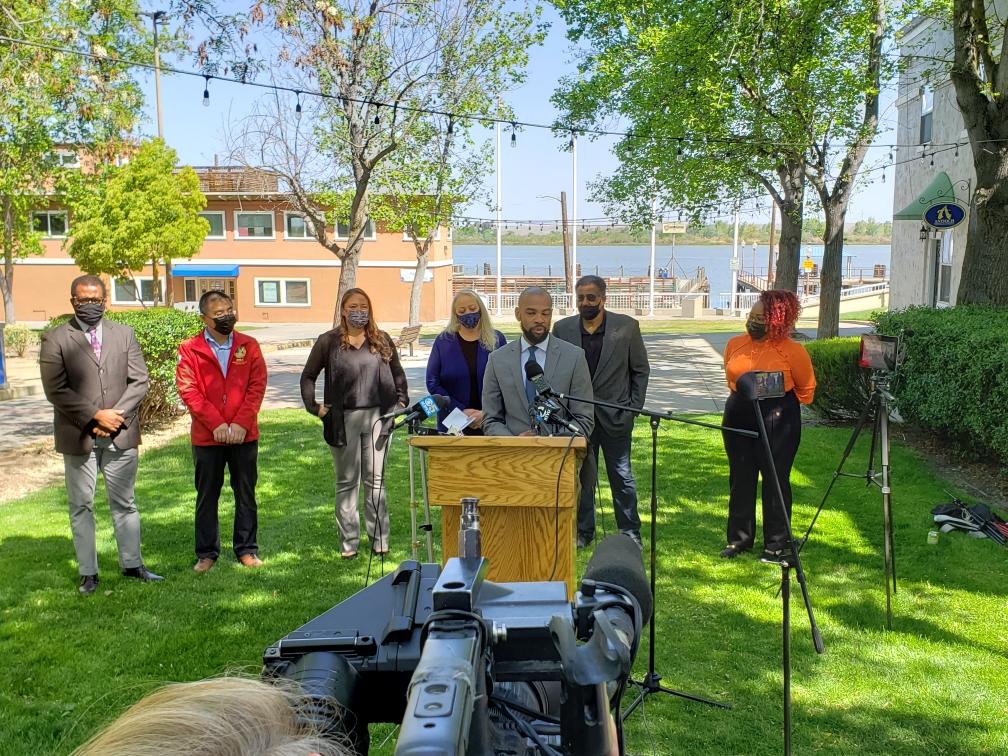
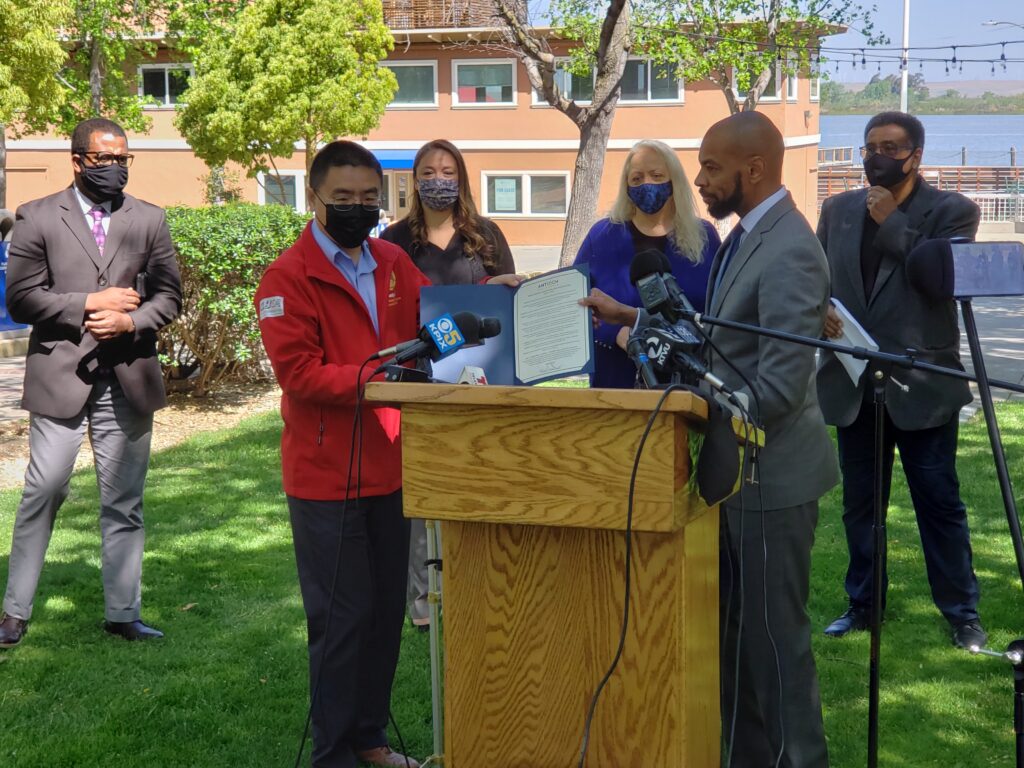
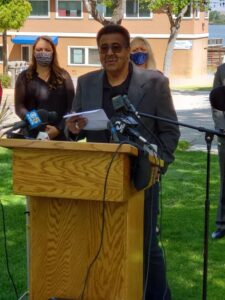
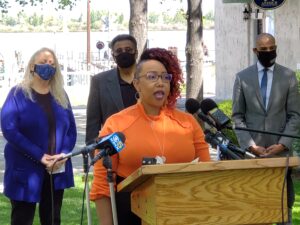
 The annual Independence Day Celebration and Fireworks in Antioch will return to historic, downtown Rivertown, this year with the show being shot from a barge on the river. Organized by Celebrate Antioch Foundation (CAF) and Rivertown merchants, fundraising has begun, and you can be part of making it a reality. Costs will be close to $60,000 and your help is needed. Following is the fundraising letter from CAF:
The annual Independence Day Celebration and Fireworks in Antioch will return to historic, downtown Rivertown, this year with the show being shot from a barge on the river. Organized by Celebrate Antioch Foundation (CAF) and Rivertown merchants, fundraising has begun, and you can be part of making it a reality. Costs will be close to $60,000 and your help is needed. Following is the fundraising letter from CAF:
